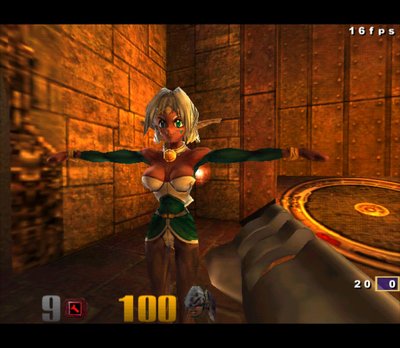Are you talking about tools used to model 3d content for games or old computer animations and such?
Or about how such tools were developed?
I don't know too much about the former, since I've always been a graphics developer, not an artist. But I know a few things about the latter, since I've been involved in graphics programming since the late 90s, so I know my share of software rendering, raytracing, exporting geometry from 3dsmax, and importing it into your own custom engines and such.
If you ask me, those were the days... the 80s and 90s, when there was little or no hardware support, and you had to be very clever to get smooth, interactive 3d on the computer screen of your average PC or game console.
Lots of clever tricks and cheats involved. These days a lot of stuff can just be coded physically correct with full-blown floating-point processing and elaborate lighting equations and whatnot, and the sheer horsepower of the GPU will make it run in realtime anyway.
To me that is not that interesting, since most of the 'correct' physics and equations had already been developed in the 70s and 80s. They had already been implemented in offline-renderers, and papers had been published, books had been written on the topic etc. We just couldn't remotely run that stuff in realtime, so we had to cheat a lot.
A lot of modern graphics processing is just running those 70s and 80s algorithms in realtime. You no longer have to be clever for a lot of stuff, you just do it by-the-book, with brute force.

